The Top 10 Intrepid Explorers
Elbow Grease & Glory
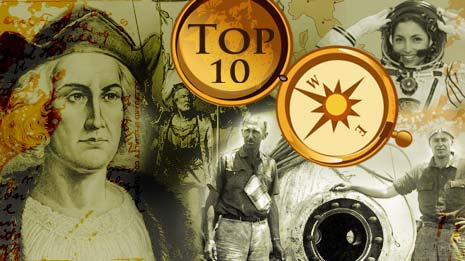
These daring men and women have made the world a smaller place. Thanks to their guts and sweat, we know the Earth is round, life exists in the depth's of the sea and that the view from space is spectacular.
Anousheh Ansari
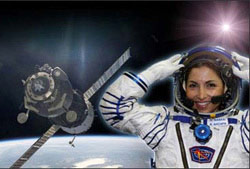
In September 2006, X Prize sponsor Anousheh Ansari was the world's first Iranian to blast into space, as well as the first female space tourist. For $20 million she was trained for six months and learned the inner workings of the systems on the rocket and space station. Millions of people read Ansari's blog as she orbited Earth and dozens of Iranian women caught a glimpse of the space station from an observatory near Tehran.
Yuri Gagarin
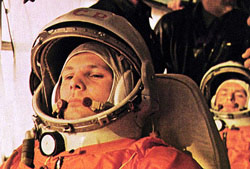
At 5-feet-tall, Russian cosmonaut Yuri Gagarin was the perfect size to fit into the cramped quarters of the Vostok 1 on man's maiden voyage into space. The spacecraft rocketed into space, orbited the Earth and, 108 minutes later, and arrived back on land on April 12, 1961.
Louise Arner Boyd
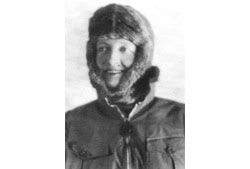
Louise Arner Boyd earned the nickname "Ice Woman" for her adventurous research in Greenland. Along with studying fjords and glaciers, she discovered an underwater mountain range in the Arctic Ocean. In 1955 she became the first woman to fly in a plane over the North Pole.
Chuck Yeager
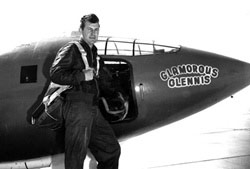
In 1947, General Charles "Chuck" Yeager was the first man to break the sound barrier. He topped his own record in 1952 when he flew at more than twice the speed of sound. Yeager paved the way, as it were, to space, sharing his aerial expertise by training almost half the pilots for the Gemini, Mercury and Apollo space programs.
William Beebe
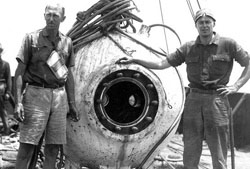
Beebe's fascination with the natural world led him to dive deep into the ocean in a steel sphere called a bathysphere in 1934. A rubber hose lined with telephone and electricity wires connected the bathysphere with people on the surface. Submerged 3,028 feet below, Beebe said the world looked as strange as Mars.
James Cook
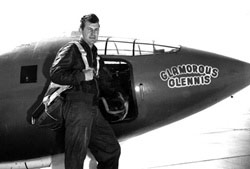
Captain James Cook sailed farther south than any other explorer before him, and proved the Northwest Passage to be a trade route fantasy. On board, Cook ran a clean ship to fend off diseases like scurvy. With his healthy crew, he mapped the coastline of Australia, as well as much of the Pacific Ocean. Hawaiians killed Cook in 1779 after he took their chief hostage.
Amerigo Vespucci
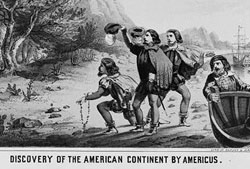
Columbus may have spotted the New World, but the continent's namesake, Amerigo Vespucci, was the first to know what he was looking at. After tracing the coast of South America in 1502, he realized the continent was uncharted territory, and not India, as previously thought.
Christopher Columbus
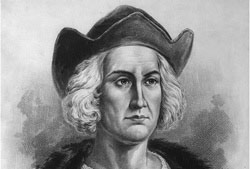
This son of an Italian wool weaver first set sail at the age of 13. Spanish royalty funded his later adventures in exchange for promises of new lands, spices, money and people to convert to Christianity. His fleet-The Niña, the Pinta and the Santa Maria-set sail in search of a direct route to the East from the West. But the navigator's underestimation of the Earth's circumference landed the ships in the Bahamas and Cuba in 1492.
Sacagawea
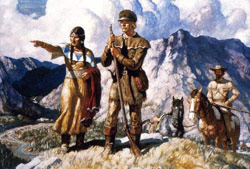
Meriwether Lewis and William Clark relied heavily on Sacagawea's navigation skills during their westward exploration of the Louisiana Purchase. While carrying her newborn son more than 4,000 miles, she taught the Corps of Discovery how to prepare edible plants and how to make leather clothes and moccasins. Along the way she met her long lost brother, chief of the Shoshone tribe in 1805.
Leif Ericsson
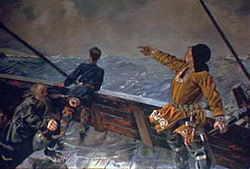
The first European to venture to North America was most likely Icelandic explorer Leif Ericsson. In the 11th century, the Norseman sailed off-course, arriving at a place he called "Vinland." Although no one knows quite where he landed, archaeologists have uncovered Viking ruins in Newfoundland, Canada.
Sign up for the Live Science daily newsletter now
Get the world’s most fascinating discoveries delivered straight to your inbox.











